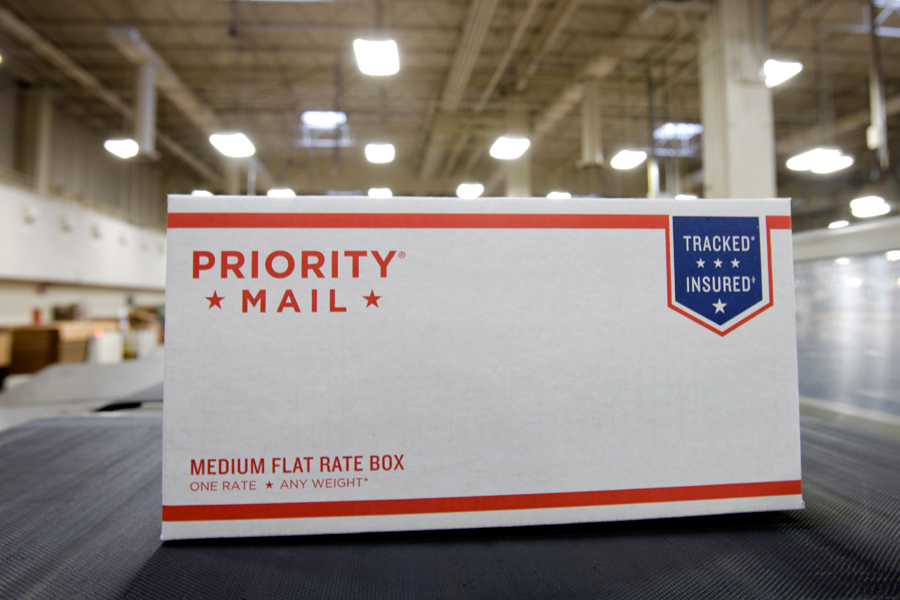You probably hear a lot about the Postal Service’s “market-dominant” and “competitive” products, but do you understand what these terms mean — and why they matter?
Here’s what you should know:
• Federal law divides USPS products into two categories. Those categories are market-dominant and competitive.
The market-dominant category includes First-Class Mail; Marketing Mail; Periodicals; Package Services, such as Library Mail; and some Extra Services, such as Certified Mail.
These products are deemed to be market-dominant as a legal matter because there is generally no direct alternative to USPS for physically delivering them. However, these products have substantial competition in the form of electronic alternatives, meaning USPS must ensure that the products remain competitive in the marketplace.
The competitive category covers the kinds of products for which there is substantial direct competition from other delivery providers. This includes Priority Mail, Priority Mail Express and commercial package services, such as Parcel Select.
• There are different rules for establishing prices in both categories. Under the law, USPS must seek approval from the Postal Regulatory Commission (PRC) to change prices for market-dominant products.
Currently, prices in this category generally aren’t allowed to exceed the rate of inflation. This is often referred to as the “price cap.”
An exigent surcharge, a temporary price increase that affected market-dominant products, was in place from January 2014-April 2016.
USPS has more flexibility to change prices for competitive products, although these products must always cover their attributable costs. The PRC reviews the Postal Service’s prices to ensure they conform to legal requirements.
• The Postal Service is seeking a better pricing system. Last year, the PRC determined that the current pricing system for market-dominant products isn’t working, in part because it doesn’t allow USPS to be financially stable.
The PRC proposed a new system that gives the Postal Service some additional pricing authority, while maintaining a price cap.
USPS has determined this proposed alternative doesn’t give the organization the flexibility it needs to deal with changing market conditions and the competitive business landscape. The Postal Service wants the PRC to exercise after-the-fact regulatory monitoring to ensure its prices are just and reasonable.
The PRC is expected to issue a final decision regarding the new regulatory system sometime this year.
• More information is available. If you want to learn more about USPS pricing, check out the Postal Explorer site.
